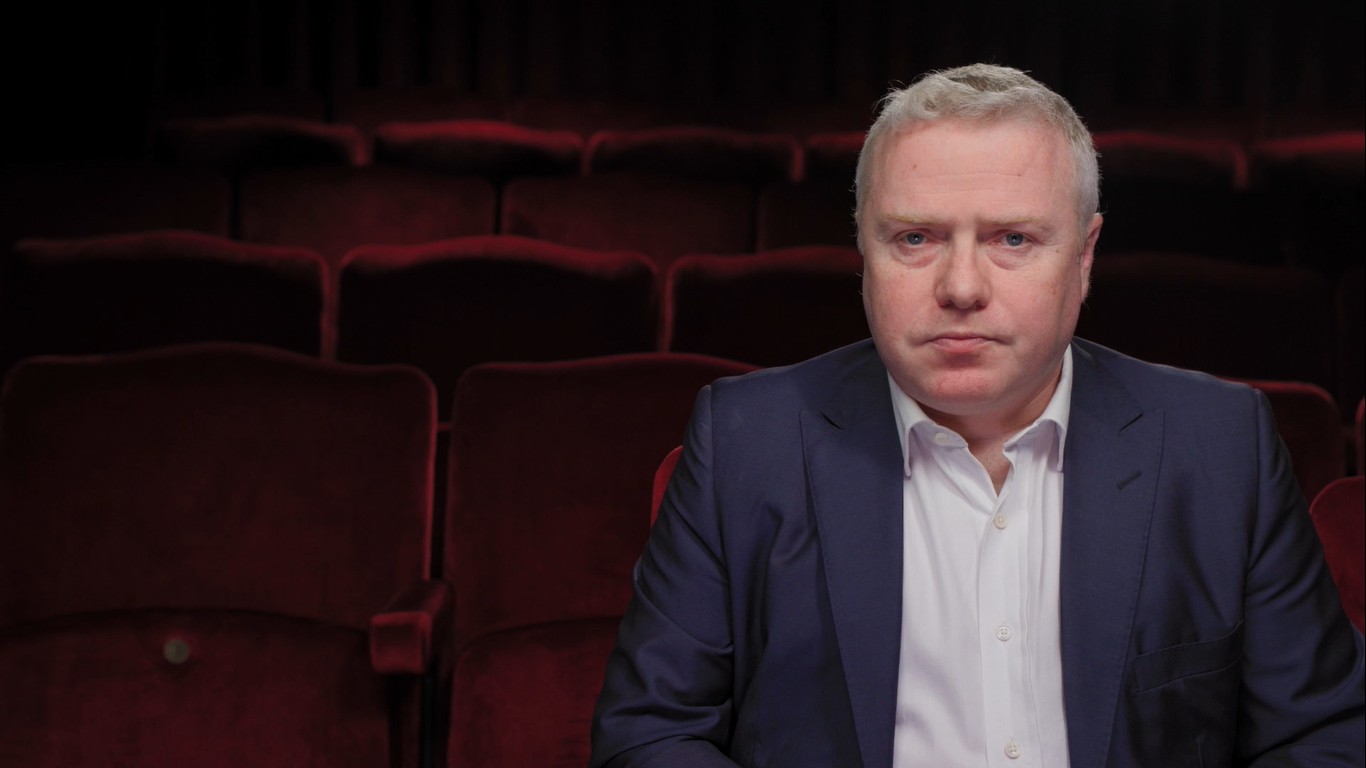
The Rise and Fall of Archegos Capital Management II

Trevor Pugh
20 years: Trading & hedge funds
In this second video, Trevor covers the role of prime brokers and financing process of Archegos. Trevor also elaborates on the factors that led to the quick collapse of Archegos in March 2021 which ultimately cost billions in losses to global banks.
In this second video, Trevor covers the role of prime brokers and financing process of Archegos. Trevor also elaborates on the factors that led to the quick collapse of Archegos in March 2021 which ultimately cost billions in losses to global banks.
Subscribe to watch
Access this and all of the content on our platform by signing up for a 7-day free trial.

The Rise and Fall of Archegos Capital Management II
12 mins 54 secs
Key learning objectives:
How did Archegos collapse?
What were the ramifications of the Archegos incident?
What else could have been done to avoid the collapse?
Overview:
Over the course of 2020 and 2021, it would seem that less than ten banks had racked up credit exposure of over $50bn to Archegos. And in a few weeks in March and April 2021, they had lost around $10bn.
Subscribe to watch
Access this and all of the content on our platform by signing up for a 7-day free trial.
What are prime services?
The part of a bank that handles the financing relationship with a hedge fund or family office is the Prime Brokerage area or Prime Services.
What are total return swaps (TRS)?
- The investor does not actually buy the security in question. Instead, they enter into a swap agreement with a bank that replicates the cash flows and profit and loss of the underlying security
- In order to hedge this exposure to the investor, the bank will buy the underlying security. In this way, the bank has a perfectly matched book, receiving cash flows from the underlying security and paying the same flows as part of the swap agreement to the investor
Why did Archegos use TRS, and what was the impact?
Archegos was getting between 8 and 20 times leverage, which is the equivalent of posting between $5 and $12.50 on a $100 stock. This is fine in normal times but it is not enough when the stock falls from $100 to $45 in 5 days, as Viacom did.
A further impact of using TRS was that Archegos would not have to disclose its positions publicly, so it was not obvious that there was such a high concentration of exposure in just one fund.
How did Archegos collapse?
- On Monday March 22nd, Viacom announced a $3bn share issue assisted by Morgan Stanley. Its share price had risen from $40 to $100
- The Viacom issue ultimately raised only $2.65bn and the fact that investors got far more stock than they had anticipated led to selling in the market, which caused the price to start falling
- By Thursday the share price in Viacom had fallen from $100 to $66 and Archegos, with a position rumoured at $20bn, was losing money fast
- The banks were making increasingly large margin calls and were left with a long position in shares, in theory to hedge against the TRS agreements with Archegos. The stocks were facing considerable downside
How did other banks react?
Goldman Sachs and Morgan Stanley began selling quickly, limiting their losses. Nomura and Credit Suisse were not so quick, and so the value of their holdings plummeted. The losses were so large that they had a considerable impact on the banks’ share prices the following Monday. As at the end of April, Credit Suisse alone had lost $5.5bn and total losses exceed $10bn.
What were the ramifications of the Archegos incident?
- Goldman Sachs managed to act quickly and exit their positions, limiting their loss
- Credit Suisse was forced to slash its dividend, raise $2bn in fresh equity, sack a number of senior managers and cut its prime brokerage division by one third
- Nomura despite getting hit with losses in excess of $2bn did not seem to be making major changes, although some senior staff were suspended
- Morgan Stanley declared that they would be looking hard at family offices given the lack of transparency and disclosure required
- UBS said that the loss was ‘pretty idiosyncratic’ and pledged to maintain its prime brokerage business
Why might increased regulation be difficult?
Tightening regulations may not be so easy. The total size of family office wealth around the world is an estimated $6 trillion, over 50% larger than the hedge fund industry. There are estimated to be around 10,000 such offices globally. These institutions are private and secretive and are pushing back against stricter regulations on disclosure.
What are some key reasons why Archegos failed?
- The trading strategy was poor, increasing the long position all the way up as share prices rallied
- Market conditions conspired a little to cause the Archegos collapse
- The move higher in many equities in Q1 2021 was exceptional, and allowed Archegos to increase their borrowing
What else could have been done?
Disclosure is a big issue, and probably one the regulators will look closely at - especially in the case of derivatives. Prime Brokers might also wish to have better disclosure on positions their counterparties have with other prime brokers.
Subscribe to watch
Access this and all of the content on our platform by signing up for a 7-day free trial.

Trevor Pugh
There are no available Videos from "Trevor Pugh"



























